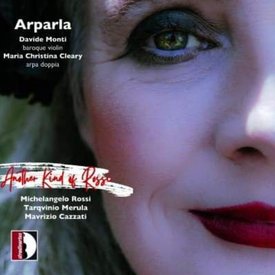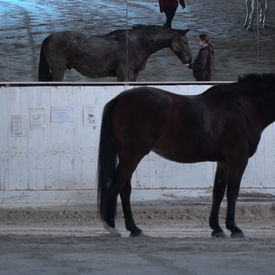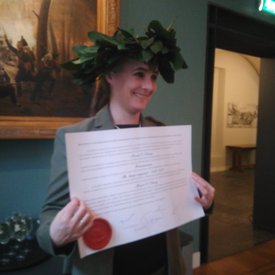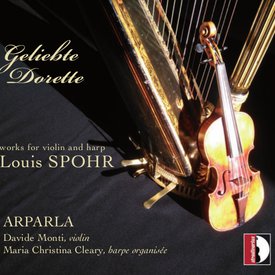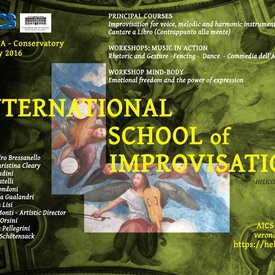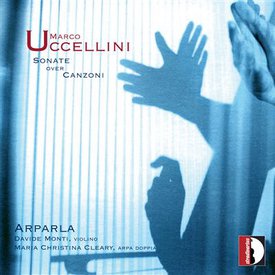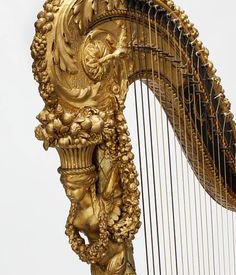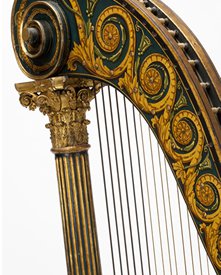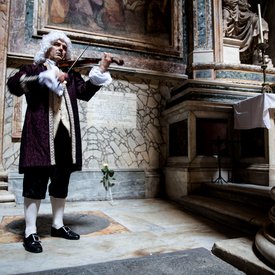THE LABYRINTH
yesterday, today, tomorrow
There are stories that begin badly and end well, and others that go the other way!
I leave it to you to discover the ending of this story. After all, when you enter a labyrinth, you never know if you will escape!
Ariadne knew this when Theseus entered the labyrinth. Determined to see the man she loved return to her, she equipped Theseus with a red string with which to retrace his steps after slaying the mighty Minotaur. Like Theseus, we all enter our own labyrinths of life. We must all navigate through their twists and turns, encountering countless adversities. But our journey through our own unique labyrinths alters us. We grow, as we must, to overcome our individual Minotaurs. And maybe, if like Theseus we’re lucky to have an Ariadne of our own, we can retrace our own path with a red string and emerge from the labyrinth stronger, wiser, and more knowledgable than when we first began our journey.
This performance is a labyrinth, and we enter it together! Throughout the concert strophes from Monteverdi's Lamento di Arianna will be played at four different moments – this is our red string to guide us through the programme. These verses connect everything together, but they also tell a story within themselves, a story of tragic irony and abandonment; upon defeating the Minotaur and emerging from the labyrinth victorious, Theseus sets sail without Ariadne. She is abandoned on the island of Naxos. In life, as in the labyrinth, we can never know what lies around the next corner!
Our journey into tonights labyrinth begins with Benedetto Marcello's Overture from the Cantata Arianna Abbandonata. Then, two more pieces will help us build and experience a labyrinth on stage, reminiscent of an ancient initiatory dance.
Composers have been fascinated with the theme of the labyrinth over the centuries. Benedetto Marcello's keyboard piece plays with a twisted music notation, reversing the right hand with the left, putting the performer in a position to lose themselves in the performance. The piece by Johann Sebastian Bach can be now attributed to another notable musician of the same period: Johann David Heinichen. In this piece, the labyrinth is a harmonic one: the piece moves from the key of C major to very distant keys through a series of abrupt modulations before ending in the original key.
Marin Marais’ Le Labyrinthe brings together the harmonic experience, the discomfort of playing in strange keys, and, as a true story teller, describes adventuous walk through a maze, ending with a beautiful Ciaccona, clearly expressing of the positive end of the journey.
The next piece is a Capriccio by Pietro Antonio Locatelli and is one of the cornerstones of Baroque virtuosity. It is no coincidence that its theme is the Labyrinth; the intricate passages, the repetitions of musical phrases and patterns - often in very high acoustic registers – incite the memory of previously walked paths and not knowing how to find one's way out.
But Locatelli's Labyrinth is different from that of Theseus and Ariadne. In fact, by 1550, the architectural structure of a Labyrinth had been transformed from its simple form with only one way in and out (the ‘Cretan’ labyrinth), into a maze of roads and forks in which at every junction one was forced to make choices. Locatelli introduces us to the new symbolic meaning of the labyrinth. The bewilderment experienced is not only created by the loss of orientation, but also by the continuous need to make choices about which path to take. One loses one's reference points, does not know which way to go, retraces one's steps, and by doing so becomes even more lost in this seemingly inescapable maze of choices and mistakes.
The next piece is the moment to look at ourselves in the mirror. Locatelli's Pianto di Arianna, is an opportunity to connect the past with the present, retracing the story that has led us to meet the Minotaurs of today, through the interaction of music, dance and multimedia projection.
What is the solution? Where is the way out?
Art, and in particular Music, offers us in this programme a solution that is suggested by the final piece: it is an improvised piece, in which everyone on stage is asked to take responsibility for the notes they produce, notes that are not written on the score, notes that are sought out and played on the spot, taking care that they blend well with the others, that they create harmony and dialogue, in the pursuit of good taste. Of course, the risk of making mistakes is high, and this may happen every time one takes responsibility, but perhaps it is worth trying. And perhaps, when the string runs out, all we can do is improvise…
Davide Monti






